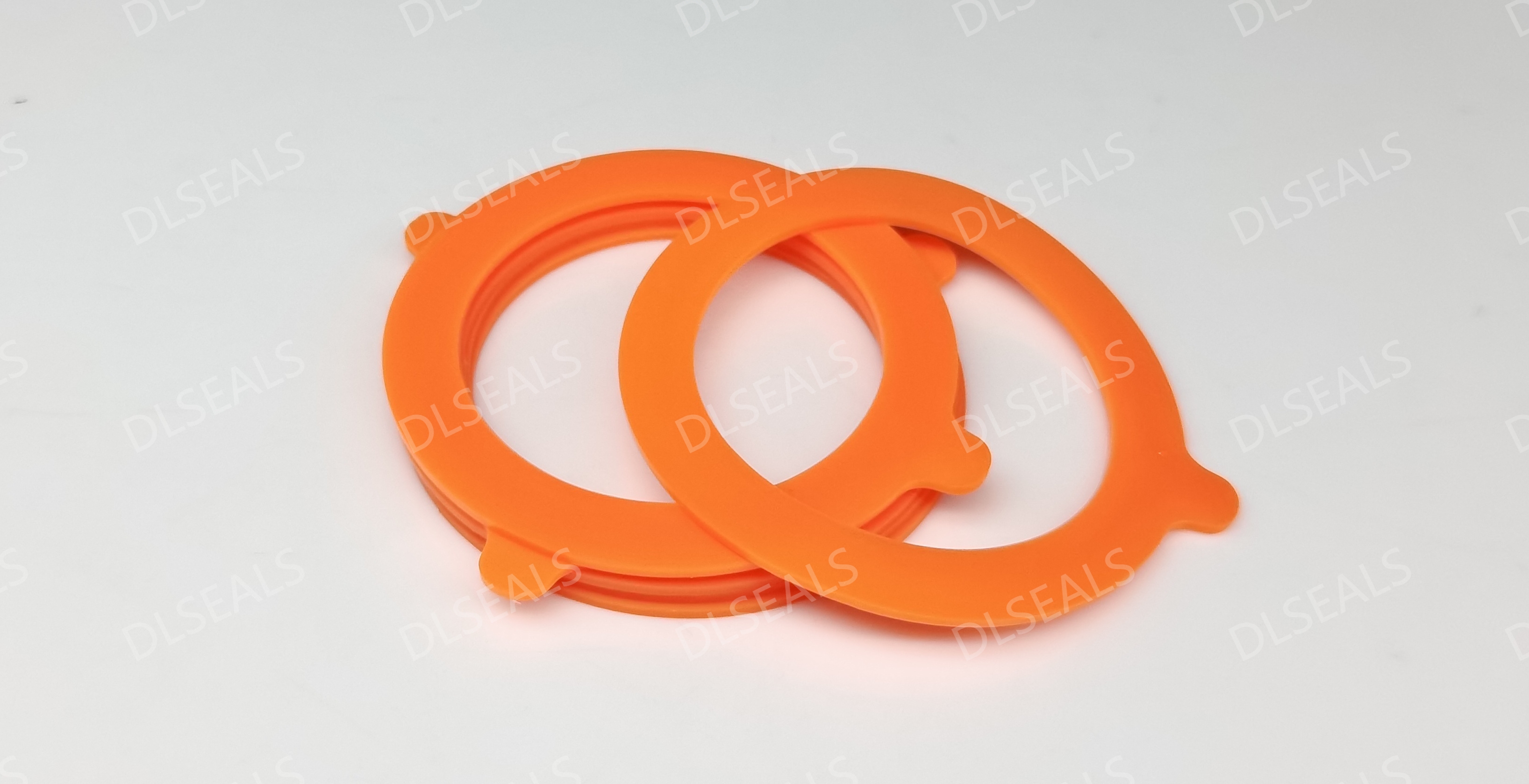
Rubber seals play an important role in many fields such as industry, automobiles, and aviation, ensuring the normal operation and sealing performance of equipment. The manufacture of high-quality rubber seals requires a series of complex process flows. This article will introduce the manufacturing process of rubber seals in detail, including mixing, molding and vulcanization, and discuss how to ensure the quality and durability of rubber seals during the production process.
1. Production process of rubber seals
Mixing
Mixing is the first step in the manufacture of rubber seals and one of the most critical steps. The process aims to evenly mix raw materials and additives to obtain the best physical and chemical properties. The specific steps include:
Raw material preparation: prepare vulcanized rubber (such as NBR, EPDM, FKM, etc.), as well as plasticizers, anti-aging agents, fillers, additives, etc.
Preliminary mixing: Add the prepared rubber raw materials to a twin-screw extruder or open mixer for preliminary mixing. The purpose of this stage is to evenly distribute various additives in the rubber matrix.
Shear and temperature control: During the mixing process, pay attention to the control of temperature and shear force to ensure that the rubber does not overheat or degrade. The optimal mixing temperature is usually between 60-80℃.
Molding
After mixing, the rubber material needs to be molded into the shape of a sealing ring. Common molding processes include:
Compression molding: Put the mixed rubber material into the mold, heat and apply pressure to mold it. This method is suitable for producing larger or complex shaped sealing rings.
Injection molding: Inject the mixed rubber into the mold at high temperature and obtain the finished product after cooling. This method is suitable for high-precision and high-efficiency sealing ring production.
Transfer molding: In some special applications, transfer molding can be used for complex shape features.
Vulcanization
Vulcanization is the most critical step in the manufacture of rubber sealing rings. It is to heat the rubber material to a certain temperature and realize chemical reaction to change the rubber from plastic to elastic. Vulcanization processes include:
Hot vulcanization: By heating, the sulfur additive in the rubber is cross-linked with the rubber molecules to form a three-dimensional network structure. This process is usually carried out at a temperature of 140-180℃.
Vulcanization time: The vulcanization time varies according to different rubber formulas and product thickness, usually between 10-30 minutes.
Cooling: After vulcanization, the seal needs to be cooled quickly to maintain its shape and performance.
2. Quality control
In the process of producing rubber seals, quality control is crucial to ensure the reliability and durability of the product. The main tasks of quality control include:
Raw material inspection
Before production, strictly check the quality of all raw materials to ensure that they meet the standards. If there are unqualified materials, they should be rectified or replaced in time to ensure the quality of the final product.
Process monitoring
In each link of mixing, molding and vulcanization, real-time monitoring is required to ensure that parameters such as temperature, pressure, mixing time, etc. are within the optimal range. Use equipment such as temperature sensors and pressure sensors to record and adjust the manufacturing process in time.
Sample testing
After each batch of production, samples must be randomly selected for testing. The test content includes tensile strength, hardness, heat resistance, chemical resistance, etc. to ensure that its performance meets the design requirements.
Finished product inspection
Finished products must undergo final review and quality inspection before leaving the factory to ensure that the appearance, size, and performance meet the specifications. Use precise instruments such as coordinate measuring machines to measure and determine whether they are qualified.
Traceability management
Establish a complete traceability management system to record production logs, raw material batches, test results and other information. This not only helps identify potential problems and take remedial measures in a timely manner, but also provides a basis for quality improvement and customer feedback.
3. Summary
The manufacturing process of rubber seals includes multiple key links such as mixing, molding and vulcanization, each of which has an important impact on the quality and performance of the final product. Through a strict quality control process, from raw material inspection to finished product inspection, ensure that rubber seals maintain reliability and durability under various working conditions, so as to meet the application needs of different fields. Improving the level of manufacturing technology and quality management capabilities will further promote the development of the rubber seal industry and provide customers with more excellent products and services.
Post time: Oct-08-2024
